Understanding Gradients on Reflective Objects
Check out this video to learn Karl Taylor's invaluable tips for overcoming the challenges of photographing highly reflective products using gradient lighting techniques, particularly with his innovative solution, the Light Cone.
Challenges of Reflective Products
Capturing images of highly glossy and reflective products presents significant challenges for photographers, even for seasoned professionals. The reflective surfaces often result in undesirable dark reflections and high contrast, making it difficult to achieve the desired look. Traditional methods used to combat these challenges typically involve the use of large scrims and diffusion materials. While effective in some scenarios, these methods can be cumbersome, especially for photographers with limited studio space. Additionally, certain products, particularly those with spherical shapes, may not respond well to these traditional approaches.
Gradient Lighting Techniques
To address these challenges, Taylor talks us through gradient lighting. Gradient lighting involves strategically illuminating the product to create smooth transitions of light across its surface, resulting in a luxurious and visually appealing aesthetic. While gradient lighting has been utilized by professional photographers for years, it often requires specialized knowledge and skill to execute effectively.
This is where the Light Cone comes in. This amazing tool simplifies the process and allows photographers of all skill levels to achieve perfect gradients with ease.
Traditional Solutions vs. Light Cone
While traditional methods involve using large scrims and diffusion materials, the Light Cone is a more practical and effective solution. Traditional methods can be cumbersome, especially for photographers with limited space, and may not work well for spherical products.
Glossy surfaces act as mirrors, reflecting the surroundings and creating challenges for photographers. To overcome these reflections, a suitable light source is essential.
Limitations of Softboxes
Softboxes, while useful for various types of photography, are not ideal for glossy products because they create uniform patches of light that may not suit the reflective surfaces.
Key Tips and Benefits of Using the Light Cone
Taylor designed the Light Cone with special optical density properties and heat-resistant materials to achieve perfect gradients in studio lighting. The light cone enables photographers to control and create necessary gradients effectively.
With live view or mirrorless camera systems, photographers can observe changes in real-time and fine-tune their lighting setup accordingly. This level of control allows for endless creative possibilities, ensuring that each image captures the product's essence in the most flattering light.
By providing a practical and effective solution for achieving perfect gradients, the Light Cone empowers photographers to elevate their work and capture professional-quality images. Whether photographing jewelry, high-gloss plastics, cosmetics, or other glossy luxury products, the Light Cone is an indispensable tool for achieving stunning results.
Some valuable insights into the importance of gradient lighting from the master himself!



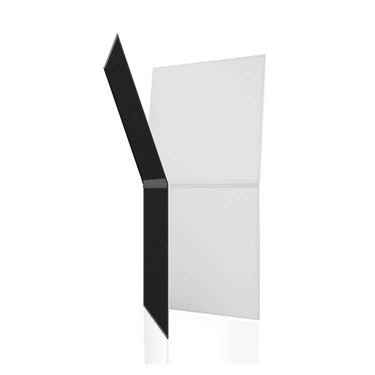
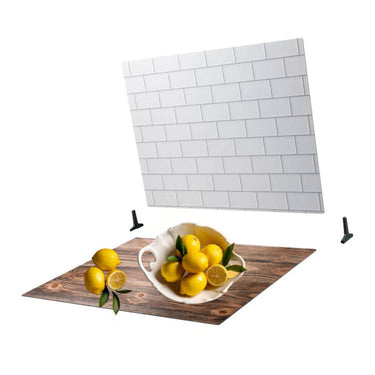
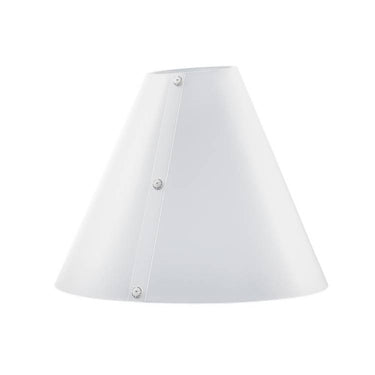
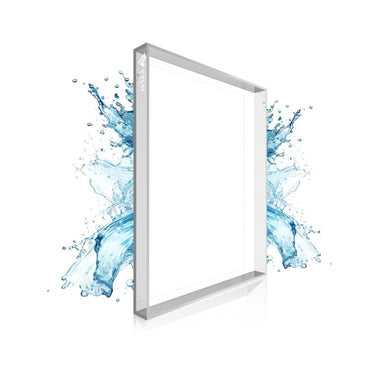
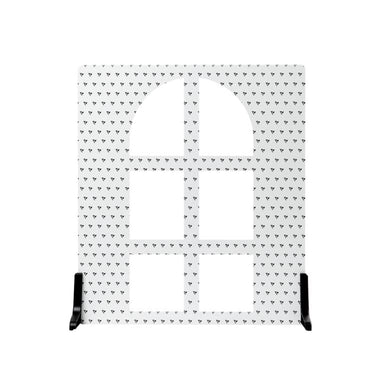
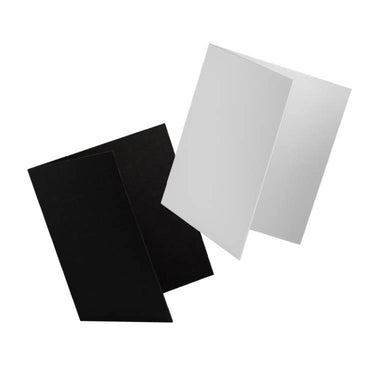
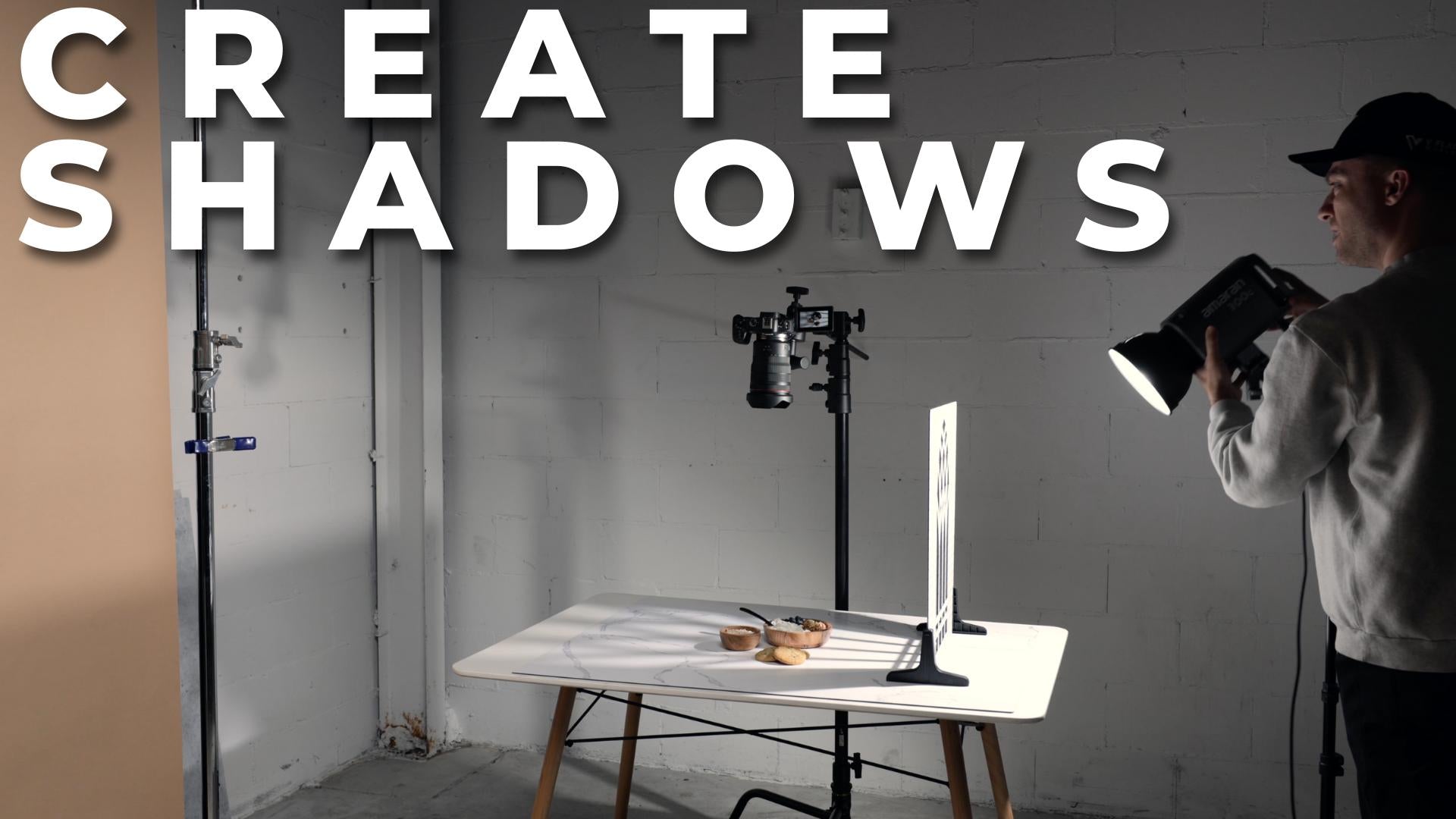
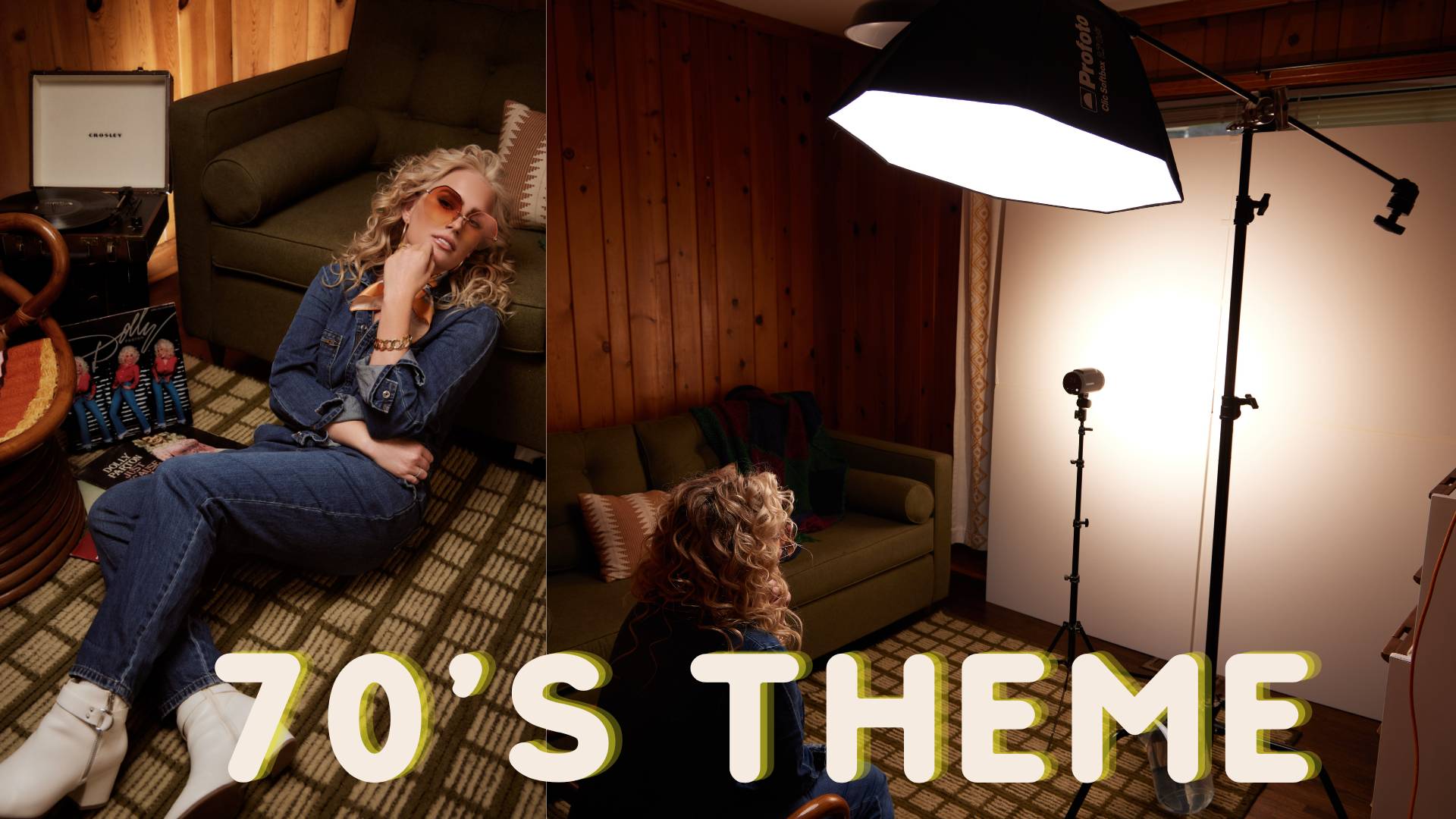
Leave a comment
This site is protected by hCaptcha and the hCaptcha Privacy Policy and Terms of Service apply.